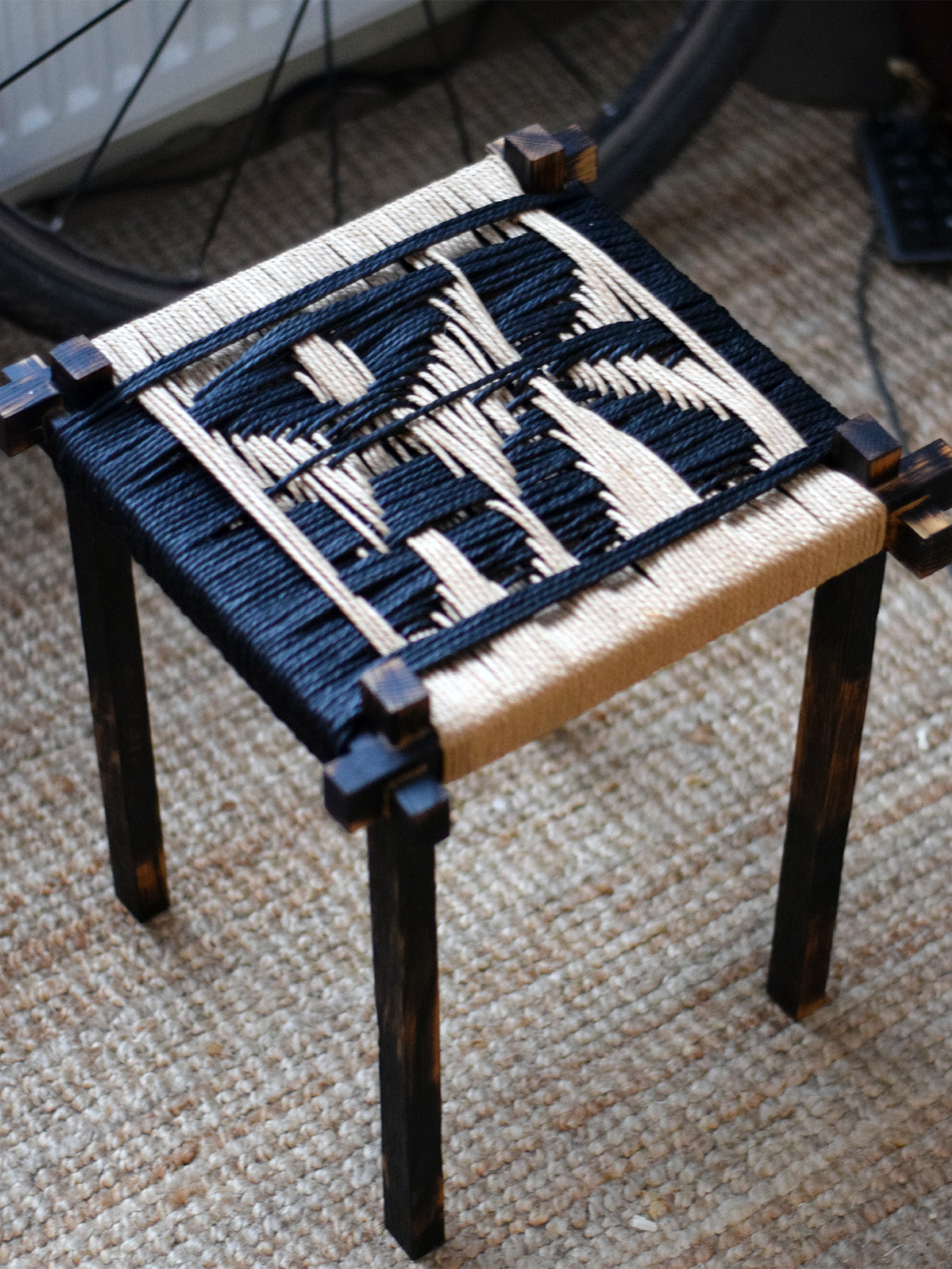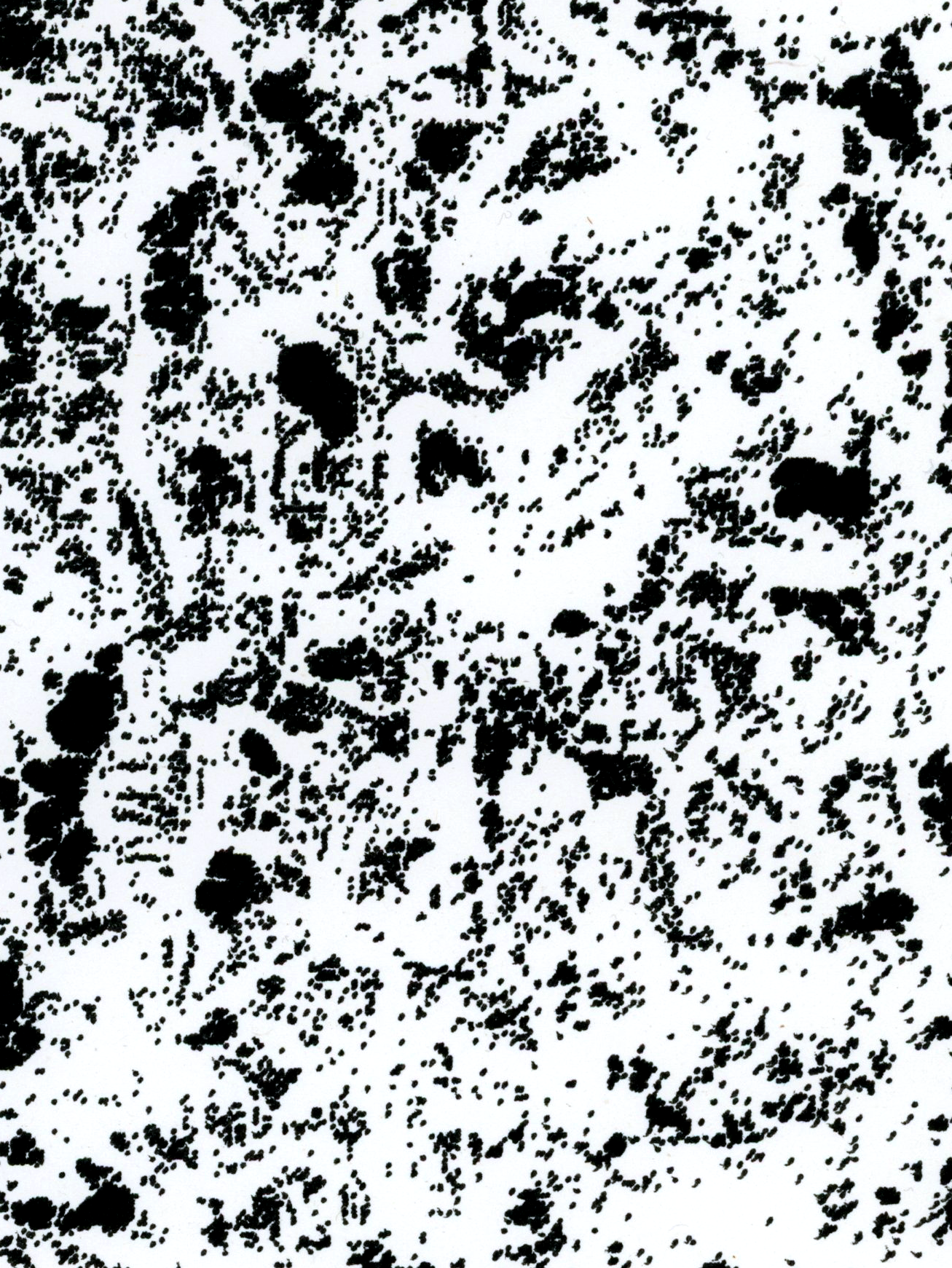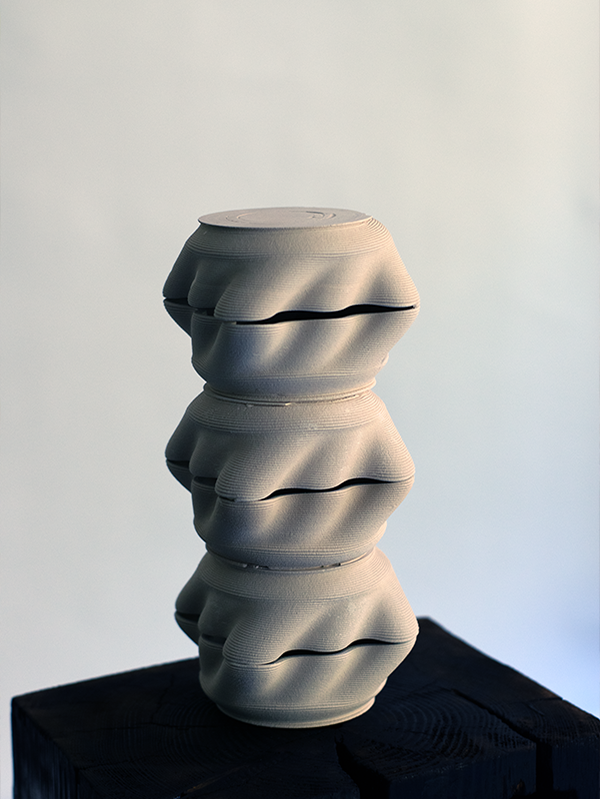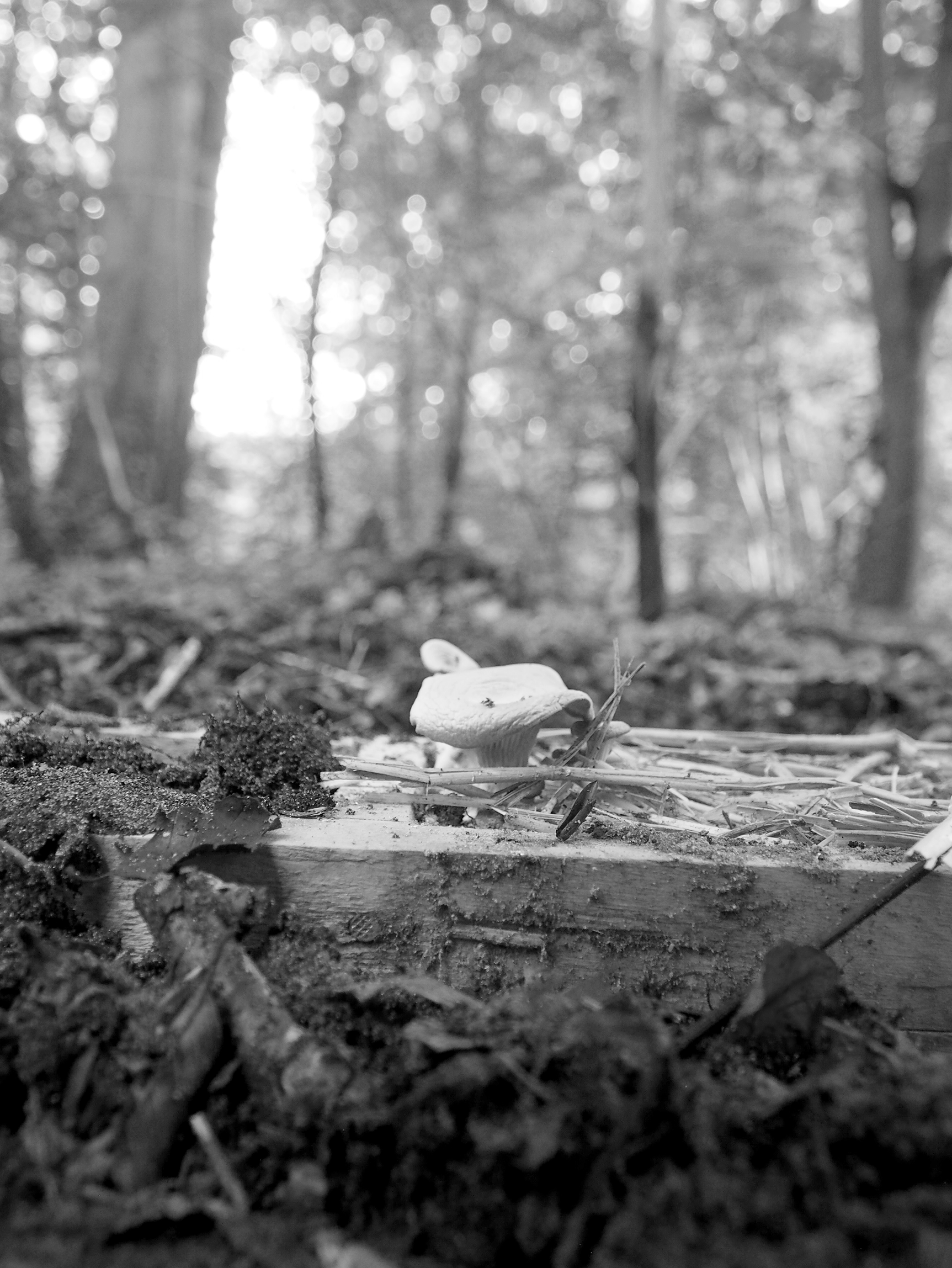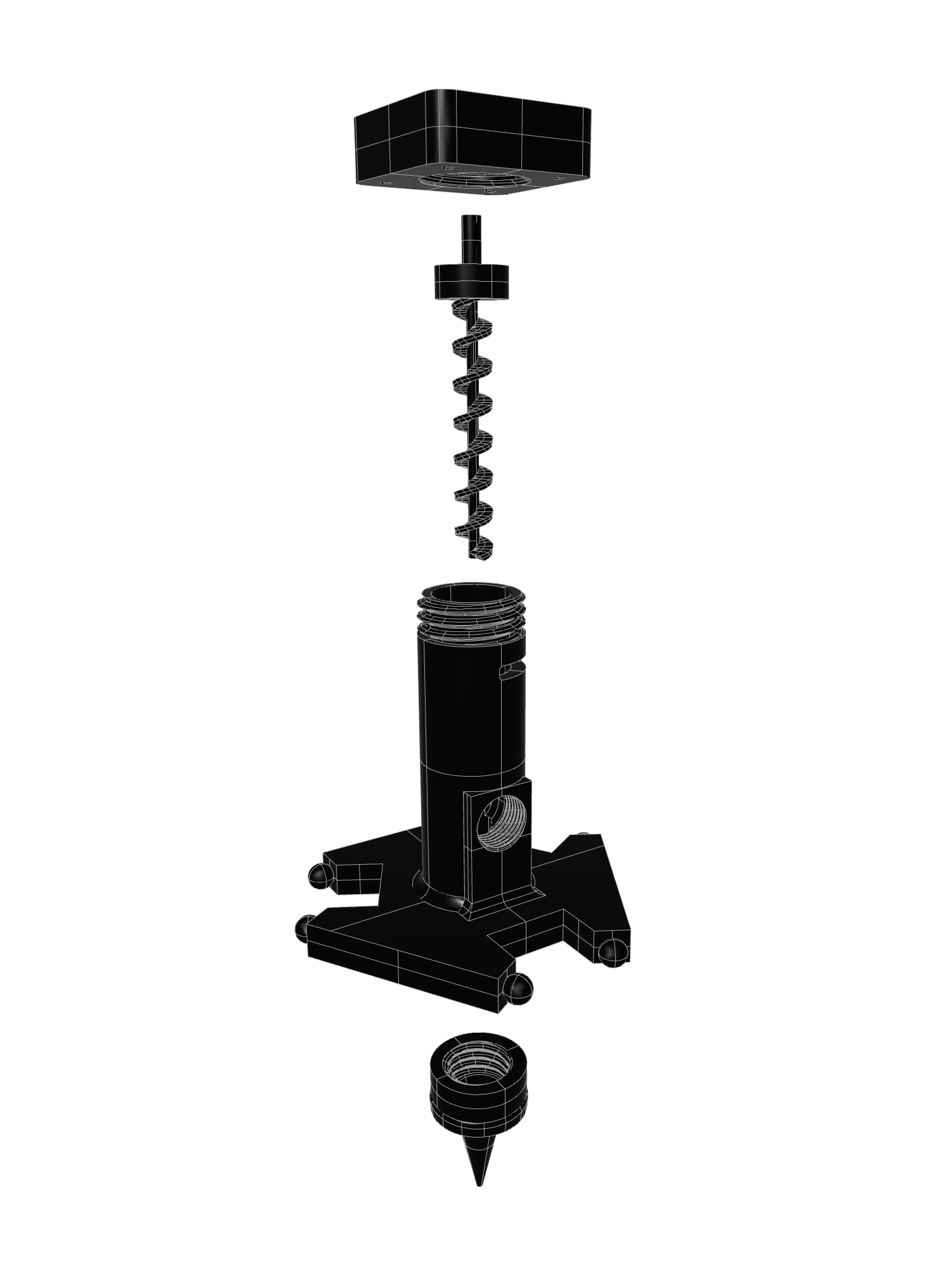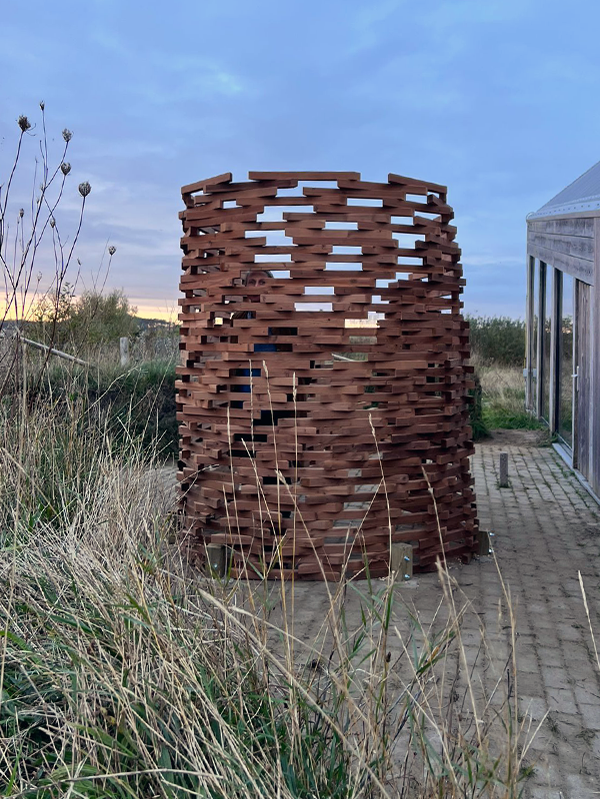What
The follow-up to “Moulds in Soil!” deepens the search into the relationship between human-made production processes and forest ecosystems. Supported by the Stimuleringsfonds, this new phase introduces six ceramic moulds—3D printed and bisque-fired in stoneware—embedded in close proximity from eachother inside of the Haagse Bos. Over the span of one year, these moulds will host in-soil mycelium growth while soil pH and moisture levels are systematically monitored to assess their ecological impact. The shift to stoneware enables reusability and offers a more inert, long-term presence within the forest environment.
Why
This phase responds to the urgent need for material practices that are not only less harmful but potentially regenerative. While the initial project challenged industrial sterility by placing production in living soil, this iteration seeks measurable ecological insight: Can mycelium-based interventions positively influence soil health, particularly in combating acidification and encouraging biodiversity? By integrating field data into the process, the project moves toward a hybrid model of speculative design and ecological research, laying the groundwork for scientific follow-up by universities or interdisciplinary teams.
How
Using self designed and developed 3D-printed ceramic moulds arranged within a forest micro-environment, the project cultivates mycelium directly in the soil over time. The moulds are refilled with fresh substrate every 3–4 weeks, while weekly measurements of soil moisture and pH are documented to track environmental shifts around the growth sites. The ceramic material, unlike wood, resists decomposition and minimizes ecological disruption, making the moulds both reusable and inert—better suited for long-term integration with living soil. By introducing a data-driven methodology to an inherently organic process, the project bridges speculative design with ecological monitoring. Its open-ended framework invites future collaboration with research institutions to further develop and critically assess the technique across disciplines.
Design V1
Design V2
